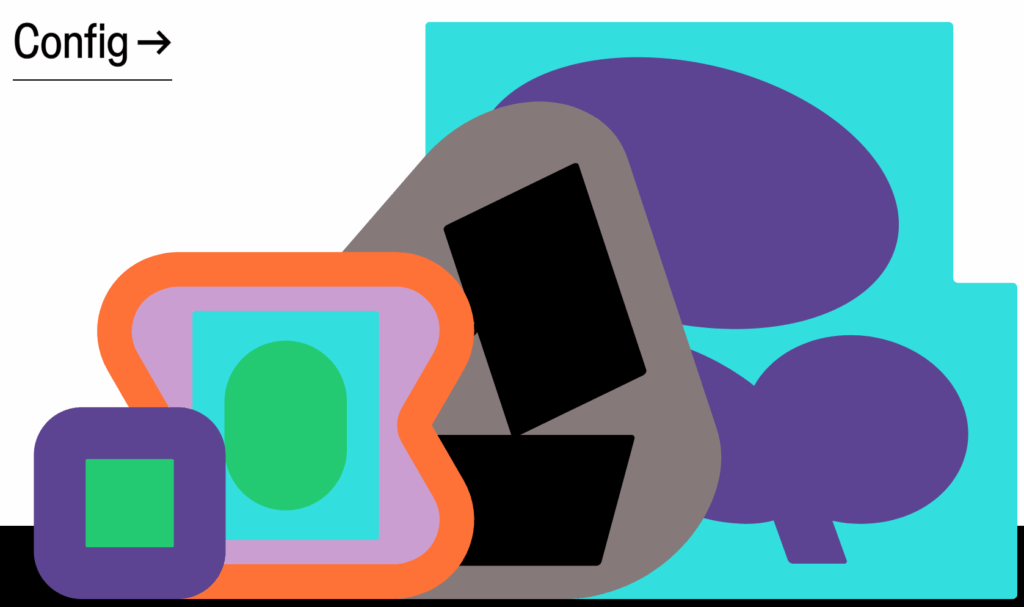
This week, I tuned in virtually to Figma Config 2025, and I have to say—this wasn’t just another product keynote. It was a full-on vision statement for the future of design.
Even though I wasn’t there in person, the virtual experience was impressively smooth. The live stream was sharp, transitions between talks were well-paced, and the energy from the speakers came through loud and clear. From live demos to unexpected “whoa” moments (yes, I audibly reacted at a few points), Config felt like a celebration of how far we’ve come—and how far we’re about to go.
As someone who’s been using Figma for years, it’s been fascinating to see the platform evolve from a simple collaborative design tool into a true product creation ecosystem. This year, two announcements really stood out for me: Figma Make and Figma Sites.
Let me walk you through what they are and why they matter—especially from the lens of someone who straddles design, product, and development conversations regularly.
Figma Make
“Design from a prompt? Yes, really.” See it in action – https://www.youtube.com/watch?v=NHodnYFUT_I
You type a sentence like:
“Create a modern landing page for a fintech app”
—and within seconds, Figma generates a fully editable prototype.
Buttons, cards, navbars, imagery placeholders—all wired up with auto layout and real components. It felt like design magic, powered by Claude 3.7 under the hood.
Availability
Currently in limited beta. You can request access now. A wider rollout is expected in late 2025.
What it means to UX Designers
This doesn’t replace creativity—it supercharges it.
- Start from something instead of a blank canvas.
- Rapidly ideate multiple directions.
- Speed up wireframing and early validation.
- The AI understands structure and layout well enough to give you something surprisingly usable.
What it means to Developers
- Clearer handoffs—generated outputs use components and real structure.
- A faster feedback loop: you can review, iterate, and prototype much earlier.
- Reduces the friction of “design isn’t ready yet” during sprints.
What it means to Stakeholders
- Business users can describe what they want and actually see it in minutes.
- Great for early concept reviews, MVP proposals, and testing ideas visually.
- Less back-and-forth when trying to “explain the vision.”
Where it falls short
- Designs still need heavy curation. You’ll likely want to tweak spacing, hierarchy, and tone.
- The AI sometimes leans toward generic UI—nothing you wouldn’t see on a bootstrap template.
- Doesn’t yet handle brand nuances or complex interactions well.
- You still need a solid design eye to make it production-worthy.
Pricing
Figma hasn’t confirmed final pricing. For now, it’s available as part of paid Professional and Enterprise plans during beta. Expect tiered usage pricing later based on generation volume.
Figma Sites
“Design it. Publish it. No handoff needed.”
Figma Sites is the next big leap: it lets you turn your Figma designs into live, responsive websites—without needing a separate webflow-like tool or a front-end team.
Key details:
- Smart blocks for reusable layouts
- AI-generated animations (like “make this fade in slowly”)
- Native responsiveness baked in
- Upcoming CMS support to manage real content
Availability
Rolling out in beta Summer 2025, with public access later this year. CMS features will follow.
What it means to Designers
- You’re not just designing—you’re publishing.
- What you build is what goes live.
- Great for launching marketing pages, internal hubs, or early-stage MVPs without waiting for dev capacity.
- Less risk of “lost in translation” between vision and execution.
What it means to Developers
- Frees up time for engineering teams by offloading static site builds.
- Lets devs focus on product logic rather than landing pages.
- Still leaves room for custom integrations post-launch.
What it means to Stakeholders
- Much faster launch cycles for campaigns and branded content.
- No-code updates to copy, layouts, or visuals—great for marketing and content teams.
- Real-time preview and collaboration just like traditional Figma files.
Where it falls short
- Advanced logic, data-driven pages, or custom APIs? Still not possible—this is not a React replacement.
- Animation tools are still limited—expect to reach for code or Lottie if you want polish.
- CMS features are “coming soon,” so right now, it’s mostly for static pages.
- If you need deep accessibility compliance or localization, this may fall short in V1.
Pricing
There will be a free tier with basic hosting. Premium features like:
- Custom domains
- CMS
- Site analytics
—will be available under new paid hosting plans (details to come).
Final Thoughts
Figma is shaping a world where the line between designer, developer, and stakeholder is thinner than ever. Where you can go from idea to interaction to implementation in one tool.
As someone who’s seen countless design-to-dev handoffs go sideways, and MVPs stall waiting for early visuals—these tools feel like a real shift forward. They make design faster, more inclusive, and more executable.
If you’re in product, UX, or dev, now is a great time to lean in, experiment, and rethink what your workflow could be.
Leave a Reply